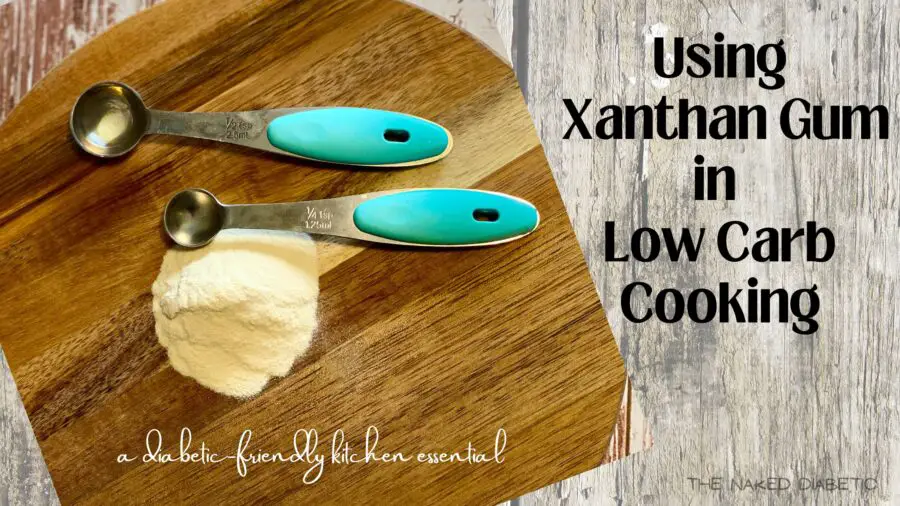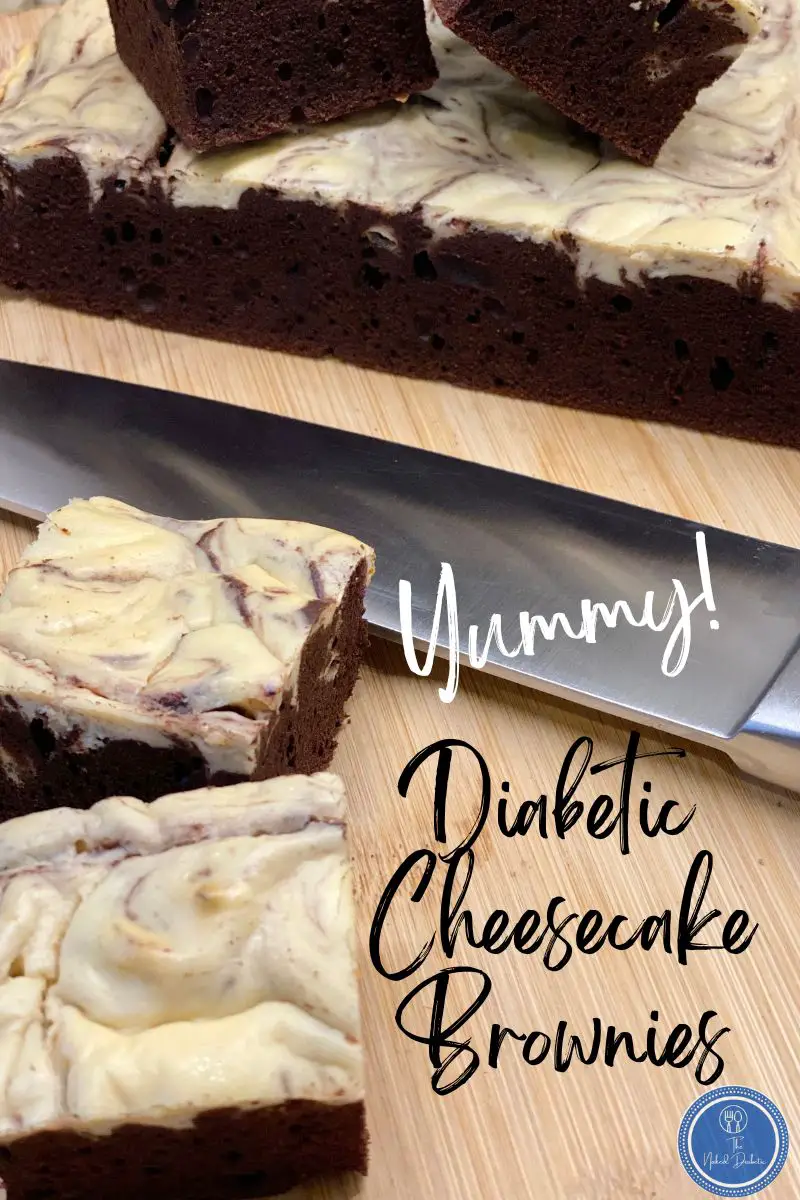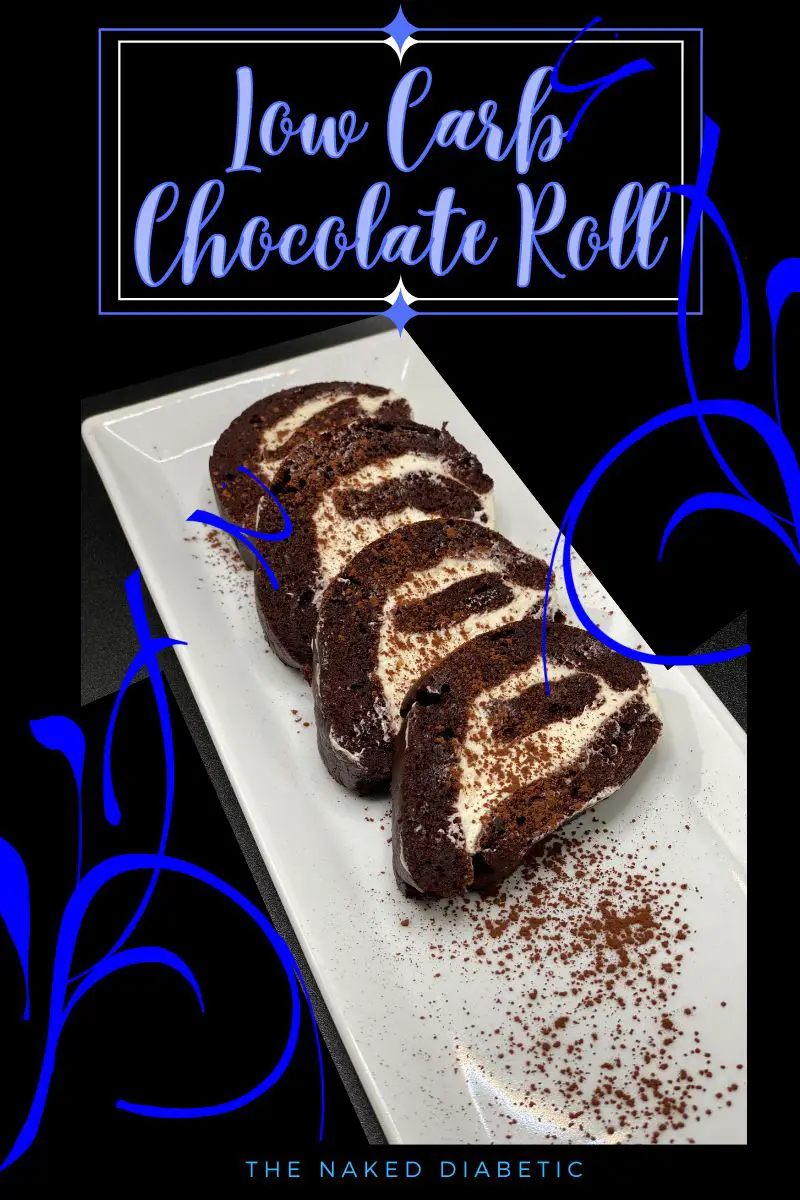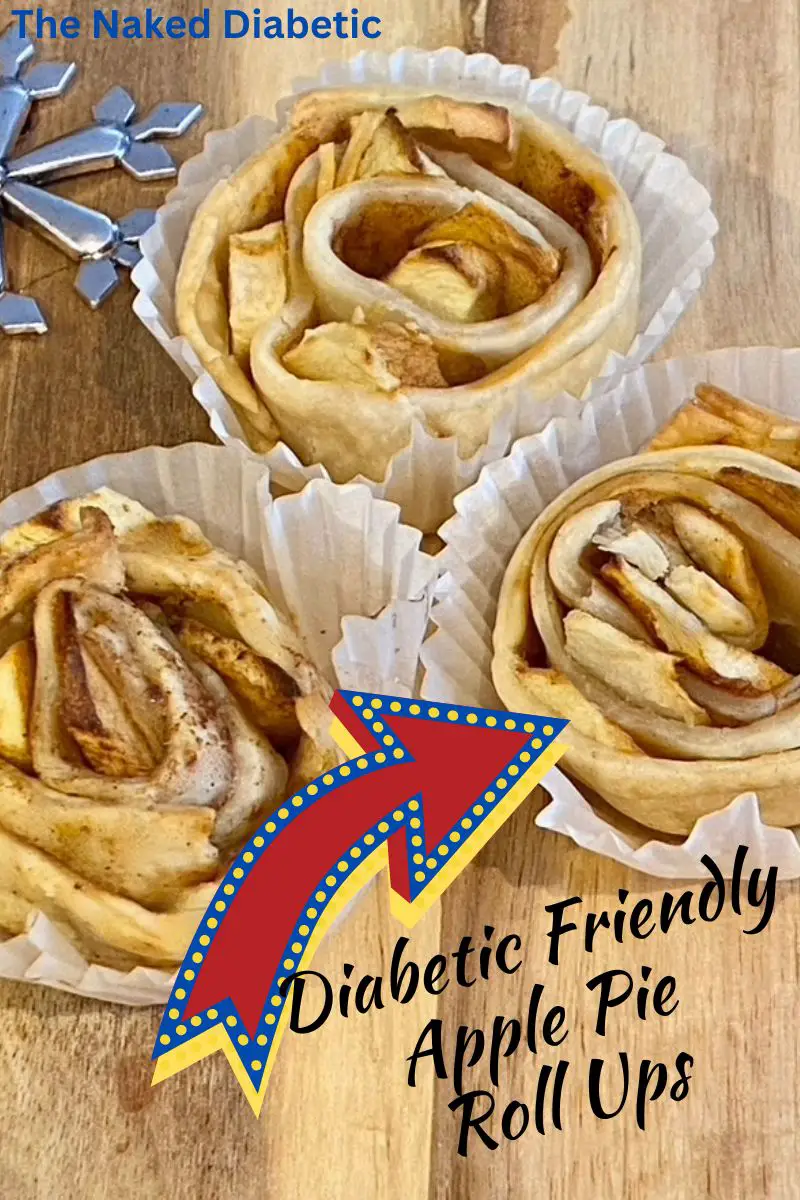This website may contain affiliate links. When a purchase is made through our links, The Naked Diabetic may receive a commission, at no cost to you.
If you have done much diabetic-friendly baking, you probably see some ingredients that are used repeatedly. Xanthan Gum is a popular ingredient in low carb cooking. Using Xanthan Gum in Low Carb Cooking can be the difference between success and a flop!
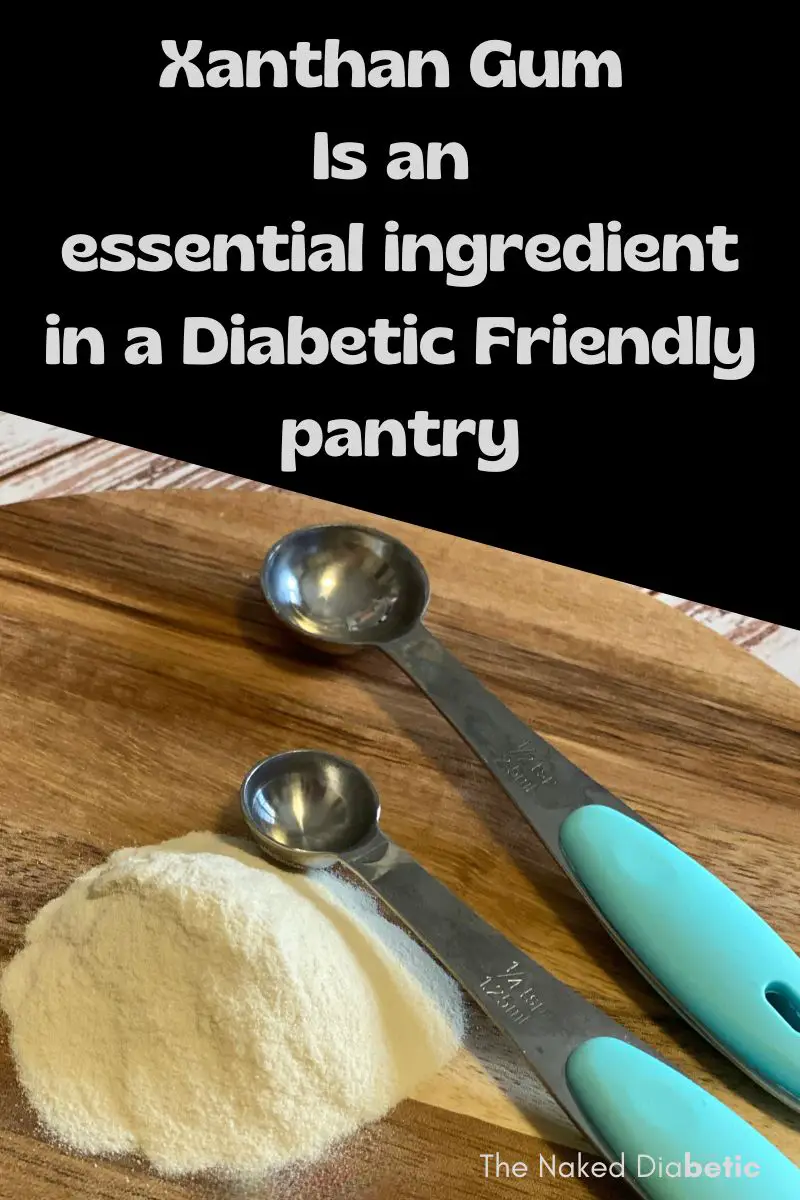

Xanthan Gum is a versatile thickener and stabilizer commonly used in gluten-free and low carb recipes.
One of the main benefits of using xanthan gum in low carb cooking is that it can help to create a thick and creamy texture without the need for high-carb thickeners like flour or cornstarch. This makes it an ideal ingredient for low carb diabetic soups, sauces, and gravies. In addition, xanthan gum can also help to improve the texture of low-carb baked goods, such as bread and cookies, by providing structure and preventing them from becoming crumbly or dry.
However, it is important to note that xanthan gum should be used in moderation, as too much can result in a slimy or gummy texture. It is also not suitable for individuals with a sensitivity or allergy to corn, soy, or dairy, as it is often produced using these ingredients. Overall, xanthan gum can be a useful tool in our diabetic-friendly pantry.
What is Xanthan Gum?
Xanthan Gum is an awesome replacement for flour, cornstarch and other high-carb thickeners. Xanthan gum is a powder made from the fermentation of the bacteria Xanthomonas campestris. It is a polysaccharide, meaning it is a complex carbohydrate with multiple sugar molecules. Xanthan gum is commonly used as a food additive and can be found in various products, including salad dressings, sauces, and baked goods. Just check some labels the next time you are in the supermarket. You will be surprised how many foods are listed in the ingredients list.
One of the unique properties of xanthan gum is its ability to create a gel-like substance when mixed with water. This makes it an ideal ingredient for thickening sauces and gravies, as well as for creating gluten-free baked goods that have a similar texture to those made with wheat flour.
Overall, using xanthan gum in low carb cooking is useful in any diabetic-friendly kitchen.
Does Xanthan Gum have Carbs?
Xanthan Gum contains a small number of carbs but it is high in fibre, making in low in net carbs.
Generally speaking, the net carbs of xanthan gum used in a typical recipe is around.0.01 to 0.02 grams. Brands do differ, so always be sure to check the nutritional information on your product package.
Using Xanthan Gum in Low Carb Cooking
Xanthan gum is a popular ingredient used as a thickener in low carb cooking. It is a soluble fibre that is gluten-free and keto-friendly, making it an ideal thickening agent for those on low carb and diabetic diets. When used in small amounts, it can thicken liquids and add texture to sauces, soups, and gravies without adding many net carbs. However, it is important to use it in moderation, as too much can result in a slimy or gummy texture in foods.
Compared to other popular thickeners like guar gum, Xanthan Gum has a lower carb count and is easier to work with.
In Liquid Mixtures
Xanthan gum is an excellent thickener for liquid mixtures. When using it in liquid mixtures, it is important to sprinkle the xanthan gum over the surface of the liquid and whisk it in slowly to avoid clumping. It is also important to note that xanthan gum will continue to thicken over time, so it is best to start with a small amount and add more as needed.
In Flour Mixtures
Xanthan gum can also be used as a replacement for gluten in low carb baking. When used in Low Carb flour mixtures, it helps to bind the ingredients together and create a more cohesive dough. It is often used in combination with almond flour, coconut flour, King Arthur Keto Wheat Flour, Carbalose Flour or psyllium husk to create a low carb, diabetic-friendly baking mix.
Xanthan gum can also be used to thicken bars, squares and other baked goods. When using it in baked goods, it is important to note that xanthan gum can create a gummy texture if too much is used. It is best to start with a small amount and add more as needed.
Using Xanthan Gum as an Emulsifier
Xanthan gum is commonly used as an emulsifier in low carb cooking. An emulsifier is a substance that helps mix two substances that do not mix well, such as oil and water. Xanthan gum can create a gel-like substance when mixed with water. This gel-like substance can help to stabilize emulsions and prevent separation.
Salad Dressing
Xanthan gum can be used to create a smooth and creamy salad dressing. It can be added to the dressing mixture to help emulsify the oil and vinegar. This will prevent the oil from separating and settling at the bottom of the container. Xanthan gum can also add smoothness and creaminess to the dressing.
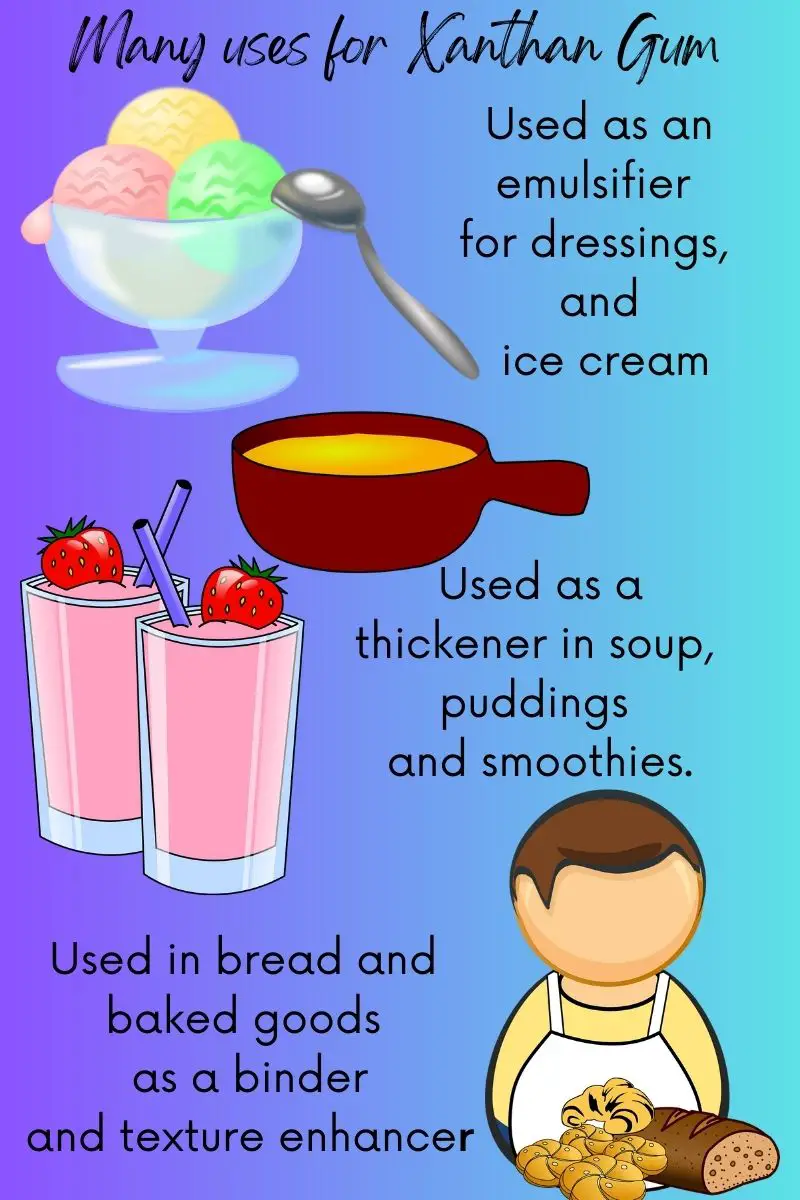
Cream and Ice Cream
Xanthan gum can be used to thicken cream and ice cream. Used in cream or ice cream it creates a smooth and creamy texture. Xanthan gum can also help to prevent ice crystals from forming in ice cream, which is extremely important, after all, ice cream that isn’t scoopable is frustrating to scoop and serve.
Bread and Cakes
Xanthan Gum helps to trap some of the air that occurs in bread and cakes during the rising process. This will help give a more light and fluffier end bake.
Cheese
Xanthan gum is sometimes used to improve the texture of cheese. It helps to create a smooth and elastic texture in cheese. It also helps to prevent the solid particles in cheese from settling at the bottom of the container.
Smoothies
Xanthan gum can be added to smoothies to create a thick and creamy texture. It can also help to prevent the separation of ingredients in the smoothie. Always keep in mind that you only need a small amount. No one wants a slimy, jelly-like smoothie.
Replacement for Eggs, Soy, and Alcohol
Xanthan gum can be used as a replacement for eggs in some recipes. This can be helpful if cooking for a diabetic with an egg allergy. It can also be used as a replacement for soy lecithin in recipes that require an emulsifier. Xanthan gum can also be used in low-carb recipes that contain alcohol, such as low-carb cocktails.
Safety and Consumption
Xanthan gum is considered safe to consume. It is commonly used in gluten-free baking and is often used as a replacement for gluten. Xanthan gum is also vegetarian and vegan-friendly.
Heat Sensitivity and Acid Sensitivity
Xanthan gum is heat-stable and can be used in recipes that require heating. It is also acid-stable and can be used in recipes that contain acid, such as lemon juice or vinegar.
How Much Xanthan Gum should I use?
When using Xanthan Gum, it is important to remember that a little goes a long way. It is a powerful thickener, so it is best to start with a small amount and gradually increase as needed. Additionally, it is essential to mix the Xanthan Gum with other dry ingredients before adding it to liquids to prevent clumping.
I often use Bob’s Red Mill Xanthan Gum, as it is readily available at my local grocer. The suggested amount is 1/2 tsp per cup of flour in cakes and bread. I find that a little less is better, so I usually stick to 1/4 of a teaspoon per cup of flour. For liquid mixtures as a thickener, I usually start off with 1/8 of a teaspoon and up to 1/4 teaspoon. As mentioned, it will;l thicken as time passes and it is very easy to overdo it.

What happens if I use too much Xanthan Gum?
Too much Xanthan Gum can result in a very sticky or even fully gelled result. I have had situations where I have used way too much and ended up with a solid block. There is no fix for too much. You can try adding more liquid ingredients but it is unlikely not going to work. (depending on the recipe)
How to store Xanthan Gum
Xantham Gum should be stored in a sealed airtight container. Keep it away from moisture, heat and bright sunlight. Mostly Xanthan Gum comes in a resealable pouch, which is good. Spice/Food Resealable Pouches can also be purchased and are ideal for storing dry ingredients.
If storing in a kitchen cupboard, make sure it is not above your stove, where the temperatures can be higher.
Health Benefits of Using Xanthan Gum
One of the most significant health benefits of xanthan gum is its high soluble fibre content. Soluble fibre is essential for maintaining healthy cholesterol levels, as it binds to cholesterol in the digestive tract and prevents it from being absorbed into the bloodstream. This can help reduce the risk of heart disease and other cardiovascular conditions.
In addition to its cholesterol-lowering properties, xanthan gum is also an excellent source of fibre for those following a diabetic, low carb or vegan diet. It is a plant-based ingredient that is derived from the fermentation of sugar, making it a suitable option for those looking to avoid animal products.
Another benefit of xanthan gum is its ability to reduce digestive upset. Its binding properties can help prevent diarrhea and other digestive issues that can occur when consuming high-fat or low-carb foods.
Concerns about using Xanthan Gum in Low Carb Cooking
Since Xanthan Gum is a soluble fibre, it can cause bloating, gas and diarrhea, but is said to be overall safe. Because Xanthan Gum is a food additive, you should always make sure that it is a safe ingredient for YOU. We do use a minimal amount in our recipes, but as with all ingredients, it can be replaced with an alternative if it is not suitable for you.
Cleaning up spilled Xanthan Gum
When you spill Xanthan Gum, I recommend that you brush away as much of it as possible, with a dry towel or brush. As soon as you get it wet, it gets slimy and not only makes a mess on your counter but also coats your dishcloth with a gross slimy covering.
Once you have brushed away as much as possible, use a damp paper towel to remove any that may be remaining on the surface. Do not wipe in a sweeping motion. This will just spread the mess. Blot over the area until you have it all removed. Discard the paper towel. Wipe the surface with a fresh wet paper towel.
If you have used a dishcloth in an attempt to wipe it away, you may need to soak it in hot water and then keep wringing it out to get rid of the remaining gel.
Where to buy Xanthan Gum
Xanthan Gum is available in most Supermarkets in the natural foods or healthy foods section. It can also be found in health food stores or Keto shops and of course online. To order online, click here or check it out in our pantry of diabetic-friendly ingredients.
Overall, using Xanthan Gum in low-carb cooking is a great way to enhance your diabetic recipes. It is a reliable thickener that can help create delicious, flavorful dishes without compromising on taste or texture.

This website may contain affiliate links. When a purchase is made through our links, The Naked Diabetic may receive a commission, at no cost to you.

